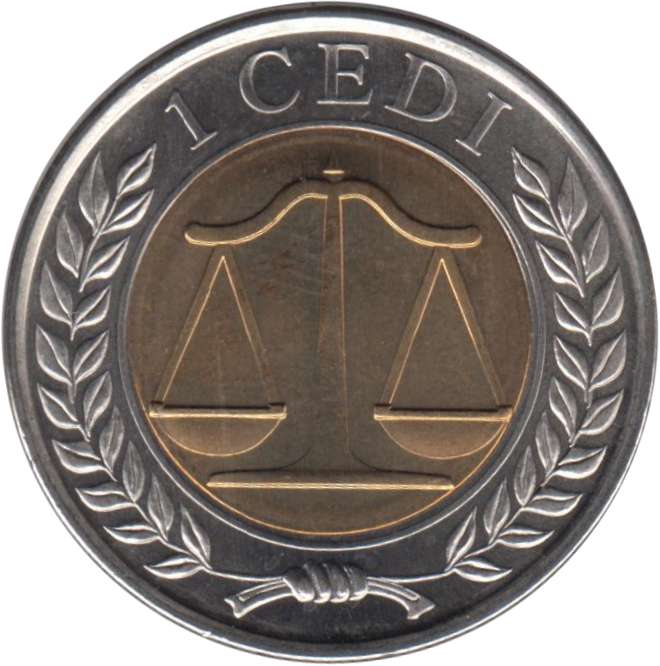The Bank of Ghana (BoG) has upgraded the GH₵1 coin with enhanced security features.
“The Bank will issue the upgraded GH₵1 coin into circulation from Monday,12th December 2022,” a statement from the central bank noted.
Acording to the statement, the upgraded coin is similar to the existing GH₵1 coin in shape, form and images; the Coat of Arms in front and the Scale of Justice at the back. The statement further disclosed that the upgraded of the GH₵1 coin is bi-metallic with an outer gold and inner silver.
In addition, the coin has a pronounced rough edge and incorporates a latent image, which appears in a rectangular form below the Scale of Justice at the back.
The latent image changes from a radiating star to a One Ghana cedi symbol sandwiched between two stars when tilted.
“The existing and the upgraded GH₵1 coins will co-circulate until the existing coin is gradually withdrawn. The Bank encourages the public to accept the coins and use them.”
Bank Of Ghana

The Bank urged the general public to accept the upgraded coins and use them.
Ghana’s Current Currency
Currently, Ghana’s currency comprises of GHS 1, GHS 2, GHS 5, GHS 10, GHS 20, GHS 50, GHS 100, and GHS 200 notes, and 1 pesewa, 10 pesewas, 20 pesewas, 50 pesewas, 1 cedi and 2 cedi coins.
It can be recalled that in 2021, The Governor of the Bank of Ghana, Dr. Ernest Addison, announced BoG’s plans to cease circulation of the 1 and 2 Ghana Cedi notes but the coin versions of these notes would remain in circulation and in use.
The BoG, which regulates printing and circulation of Ghana’s currency, indicated that it was not cost-effective to keep both sets of notes in circulation as they frequently return worn out and in need of replacement.
Indeed in 2018, BoG’s Annual Report revealed that the Bank spent GHS 153,647 million on printing Ghana’s currency. And in 2019, with the introduction of the GHS 100 and GHS 200 notes, the Bank spent approximately USD 8.97 million in printing the country’s currency. Moreover, the 2 Ghana Cedi note which was introduced in 2010 as a commemorative note in honour of Dr. Kwame Nkrumah’s centenary celebration was not intended to be in permanent print.
After Independence, the new monetary authority, the Bank of Ghana, issued its own currency in the form of Ghana pounds, shillings and pence on 14th July, 1958. With that issue, the Bank of Ghana formally took over the issue of currency notes and coins from the WACB.
The second issue of currency was in early 1965, when Ghana decided to leave the British colonial monetary system and adopt the widely accepted decimal system. Accordingly, Cedi notes and Pesewa coins were introduced on the 19th July, 1965 to replace the Ghana pounds, shillings and pence.
More to come….
READ AlSO: Chamber of Corporate Trustees Rejects Debt Exchange Programme





















